Charles Camoin (1879-1965)
Get a Camoin Certificate of Authenticity for your painting (COA) for your Camoin drawing.
For all your Camoin artworks you need a Certificate of Authenticity (COA) in order to sell, to insure or to donate for a tax deduction.
Getting a Camoin Certificate of Authenticity (COA) is easy. Just send us photos and dimensions and tell us what you know about the origin or history of your Camoin painting or drawing.
If you want to sell your Camoin painting or drawing use our selling services. We offer Camoin selling help, selling advice, private treaty sales and full brokerage.
We have been authenticating Camoin and issuing certificates of authenticity since 2002. We are recognized Camoin experts and Camoin certified appraisers. We issue COAs and appraisals for all Camoin artworks.
Our Camoin paintings and drawings authentications are accepted and respected worldwide.
Each COA is backed by in-depth research and analysis authentication reports.
The Camoin certificates of authenticity we issue are based on solid, reliable and fully referenced art investigations, authentication research, analytical work and forensic studies.
We are available to examine your Camoin painting or drawing anywhere in the world.
You will generally receive your certificates of authenticity and authentication report within two weeks. Some complicated cases with difficult to research Camoin paintings or drawings take longer.
Our clients include Camoin collectors, investors, tax authorities, insurance adjusters, appraisers, valuers, auctioneers, Federal agencies and many law firms.
We perform Charles Camoin art authentication, appraisal, certificates of authenticity (COA), analysis, research, scientific tests, full art authentications. We will help you sell your Charles Camoin or we will sell it for you.
Born in Marseille, Charles Camoin lost his father at an early age and was raised by his mother. Although she traveled often while he was a child, Camoin’s artistic training did not suffer. He was able to begin his studies at sixteen at the Ecole Des Beaux Arts in Marseille. During this time Camoin was also attending the Ecole de Commerce. He would later transfer to the Ecole Des Beaux Arts in Paris where he studied under Gustave Moreau in 1898. Shortly thereafter, Moreau died. While he was not able to benefit greatly from Moreau’s teachings because of his death, Camoin was able to make many friends in the art world, especially with Fauvist painters like Manguin, Marquet as well as Matisse.

The Open Window
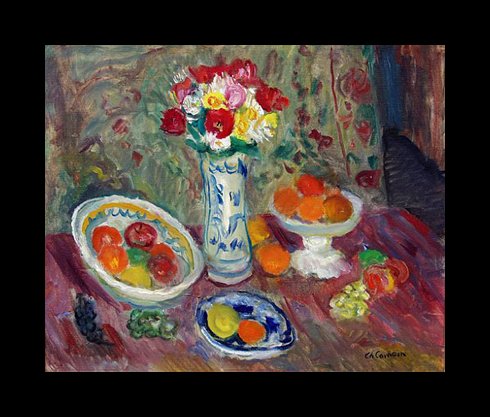
Flowers and Fruits
Camoin found immediate success, even as a student, and actually was able to finance his studies by selling his work and from winning panting competitions. He painted beautiful still life compositions, focusing on color in Post-Expressionistic and Fauvist styles, and worked in a variety of other genres as well. Although he is generally considered a Fauvist painter, Camoin never truly committed to one style or another. Camoin held his first exhibition at the age of twenty-five at Bert Weil in Paris and also showed at the Salon d’Automne many times from 1905 on through the rest of his career.
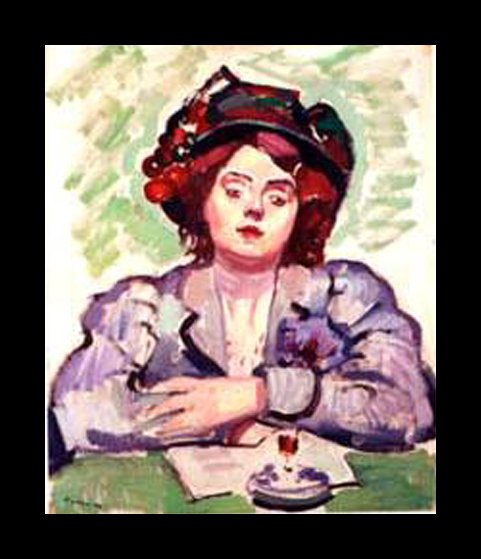
La Petite Lina, 1907
While he was still a student, Camoin had a short-lived friendship with Cezanne. He was stationed in Provence during his military service in 1902 was able to study under this great master for three months. Cezanne became a great influence in his work. Sadly, Cezanne died in 1906, and Camoin was only able to learn from him for a short while. To a lesser extent, Camoin was also influence by Renoir whom he met in 1918. This meeting helped him to transition out of Fauvism and into a softer post-Impressionist style.

Bois Due Bologne 1909 Provence
Camoin was highly active during the early 1900s and traveled and worked constantly. In 1905, he joined many of his artist friends in the south of France to study the Mediterranean coastline. Therefore, many of his paintings during this time have a “Cote d’Azure” feeling or theme.
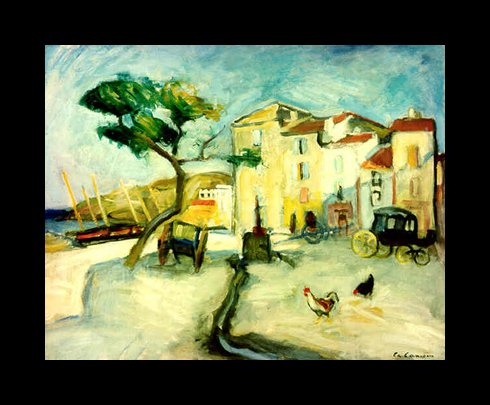
Port de Cassis

St. Tropez
He would eventually keep one studio in St. Tropez and one in Montmarte, and devoted himself to painting nudes, portraits, still life, landscapes and harbor views.
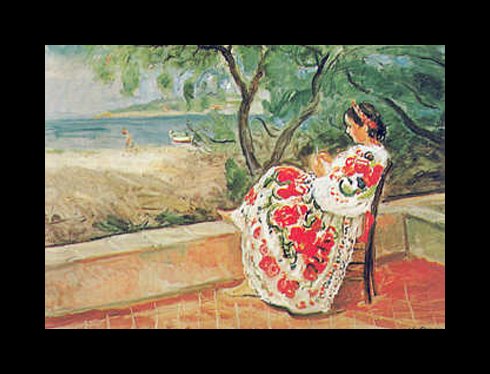
Terasse a St. Tropez

Minaret a Tanger, 1913
In 1955, Camoin would become an officer of the Legion of Honour, an esteemed award for any artist. He also won the Grand Prize of Italy in that same year. In his lifetime, his work was exhibited all over France as well as in Chicago and New York. This makes the possibility for both European and American art collectors to own his work very great.
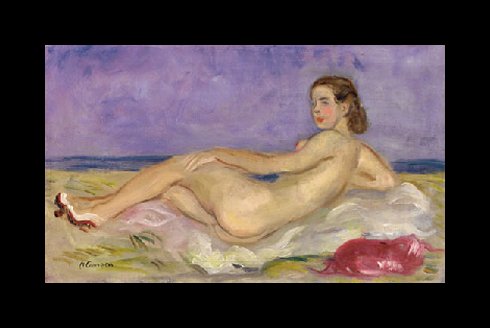
Nude

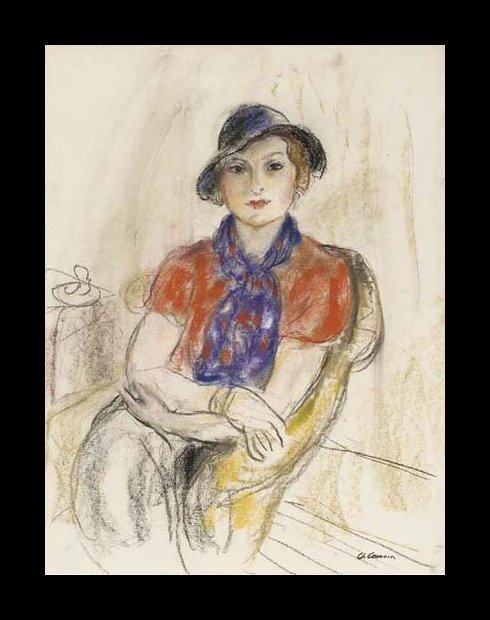
Femme Blonde au Chapeau
While he typically worked in oil paintings, Camoin also often created chalk and pastel sketches. Many of his works are also signed “Ch. Camoin” conspicuously on the front lower left or right hand corner of his compositions.

Pin Parasol Aix En Provence
This painting clearly shows a sample of Camoin’s signature on the lower left hand corner, and is a heavily Fauvist piece.
Today, Camoin’s work is housed all through Europe in venues like the Berlin National Gallery and the Bonn Museum in Germany and at Grosvenor Gallery and the Stern Pissaro Gallery in London. His work is also housed at the Alger Museum, and throughout France at the Toulouse-Lautrec Museum, the Des Beaux-Arts Museum and the National Museum of Art. Camoin died in 1965 in Paris, and worked nearly up until his death.
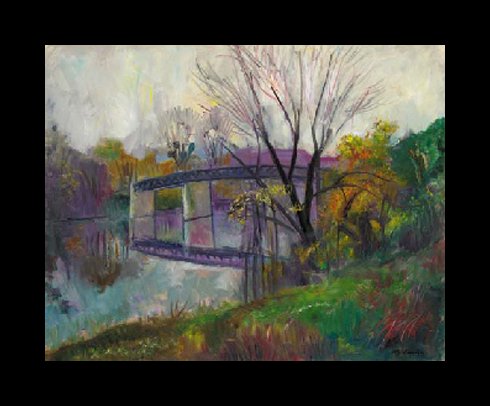
If you believe you own a work of art by Charles Camoin, contact Art Certification Experts. We authenticate, appraise, research and provide Certificates of Authenticity (COA's) for works by Charles Camoin.
Reviews
1,217 global ratings
5 Star
4 Star
3 Star
2 Star
1 Star
Your evaluation is very important to us. Thank you.
